Why Do I Have to Pay to Recycle Electronics?
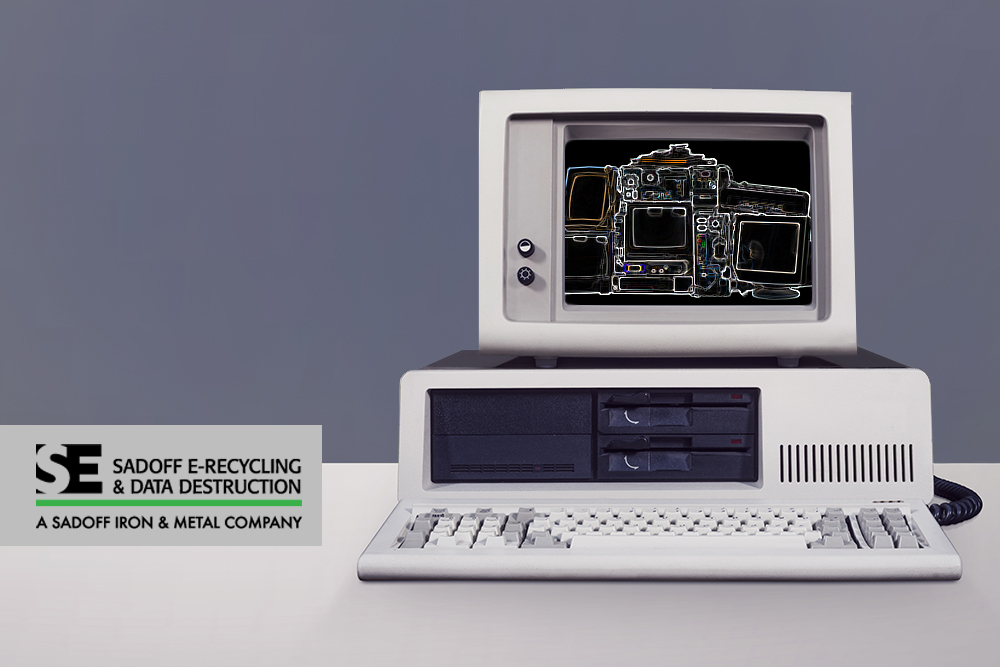 31
31 Jul
Americans are spending more money than ever on electronics, and businesses and organizations are no exception. In fact, on average, businesses can spend upwards of 7 percent of their budgets on electronics.
With the high cost of electronics, it can be frustrating to have to pay even more when you go to recycle them.
So, why do you have to pay to recycle electronics?
Changes in Importing/Exporting Laws
Until recently, electronics recyclers could export plastic scrap to China and other countries to be recycled and made into other products. However, China—and shortly following, Thailand and Vietnam—have banned imports of plastic scrap over the past few years. That means recyclers don’t have an outlet for semi-processed plastics and now run into charges themselves down the recycling pipeline. To keep the service up and running, recyclers can no longer accept electronics for free.
The Value of Materials (or Lack Thereof)
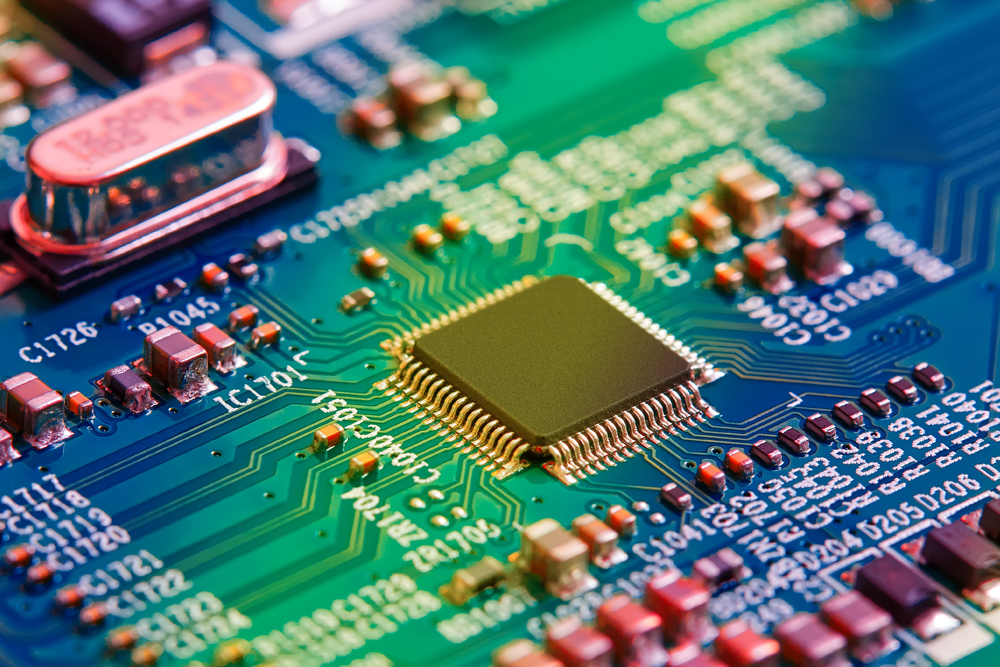
Some plastics used to be valuable, simple to separate, and easy to sell for recyclers. But, that value is now dropping—plastics used in consumer electronics often have chemicals such as fire retardants that make them difficult or even impossible to reuse and recycle. Electronics are also composed of several types of plastics, making them difficult to separate. These plastics are also some of the least valuable materials in the items.
Printers, for example, can have upwards of four different plastics, which makes it difficult for recyclers to separate them. Black plastics—one of the most commonly used plastics in electronics—can be particularly hard to recycle, as the color can prevent detection of the various types of plastics in the object.
In response to changes in plastics and their value, some recyclers have moved to incinerating, illegally exporting, or landfilling these items, which has a negative impact on the environment. Responsible recyclers will spend extra time and resources to ensure toxic chemicals don’t make it into the environment and that plastics don’t end up in a landfill during the recycling process. Since there’s little or no value recyclers can get from these items, recyclers are limited to charging fees to offset the cost of the process.
Additionally, the value of plastic and other materials, such as lithium-ion (found in batteries), plastic fans, and CD Roms, is continuously in flux. While the value of some materials remains relatively stable, the unpredictability of the metals market also affects charges to e-recycling customers.
Changes to Electronics
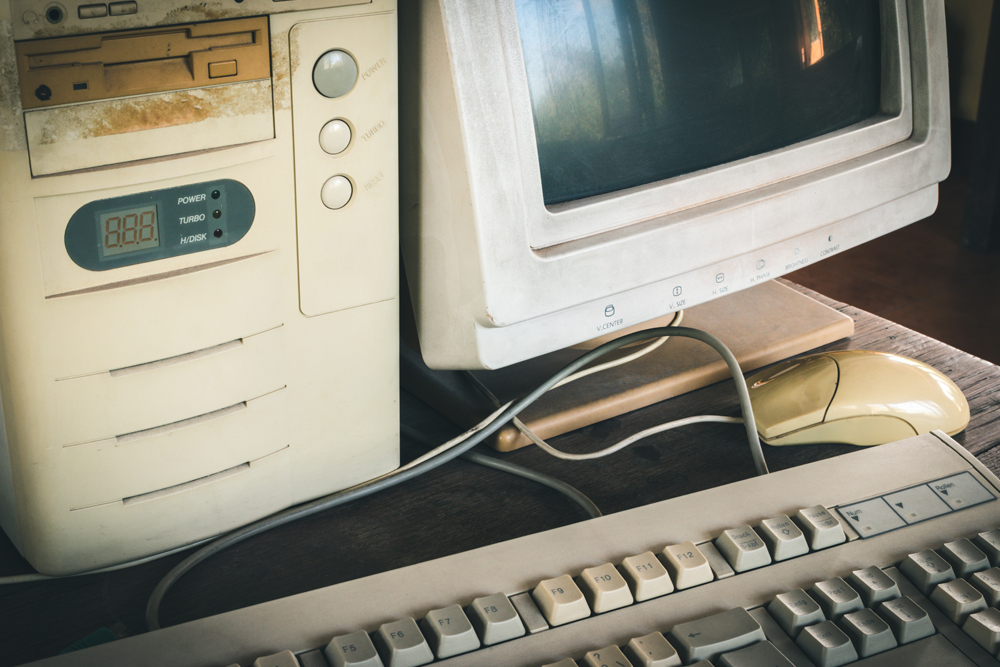
In addition to fire retardants and other toxic chemicals added to today’s electronics, our electronics are also becoming smaller and include fewer precious metals than technology produced in the 1990s and early 2000s.
Earlier computers, for example, were bulkier and had larger boards inside of them containing higher amounts of precious metals than today’s computers. Recyclers were thus able to pay for these computers and found most of their margin by dismantling them and processing the precious metals. Now, though, our technology is getting smaller and more efficient, with fewer materials used. Computers don’t need as many precious metals to conduct electricity or function efficiently, which means there’s less margin for the retailer to make.
Today’s electronics also contain more sheet metal than ever before—by weight, 60-70 percent of computers, for example, is sheet metal, which many recyclers must treat as waste. Unless the recycler is part of a larger company with a metal scrap division, they may have to charge more to offset their margin.
Equipment and Labor for Electronic Recycling
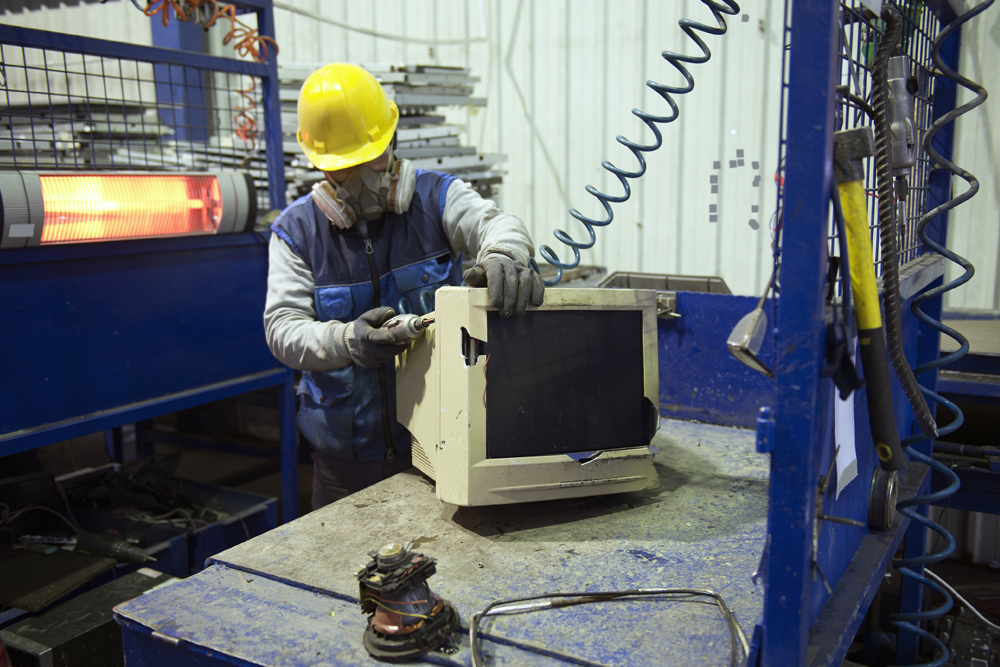
Recycling is a well-established industry, with many recyclers having been in business for multiple decades. With advances in the composition of today’s electronics, e-recycling requires new equipment, and that equipment can get expensive. Electronics recyclers have no way to add or replace equipment without charging fees for recycling materials, and without proper equipment, they can’t recycle electronics responsibly.
The highest cost of recycling, however, is the labor—while some e-recycling can be mechanized, workers are still required to run the machines, remove items from the machines, inventory materials and document the process, and otherwise run the show. There’s also the health and safety of employees to consider, which means protecting them from exposure to toxic chemicals and other potential hazards. All of these factors contribute to the expenses facing today’s electronics recyclers.
Liabilities, Certifications, and Data Security
Responsible electronics recyclers have proven processes for secure data destruction and follow EPA, R2, NAID, and NIST standards for disposing of electronics. But, obtaining and maintaining these certifications isn’t free for e-recyclers—they have to pay to become certified initially, and are also required to run monthly audits. They need staff such as environmental and quality departments to ensure all standards are met for continued certification.
The cost of data destruction is also steep for electronics recyclers. Some companies, such as Sadoff E-Recycling & Data Destruction, assume liability for your data. Once you turn it over to us, we are completely liable for your data, and we need insurance to take on liability. Since we understand the risks associated with handing over your electronics, we provide certificates of destruction. Put simply, it costs to recycle electronics the right way.
Ultimately, It’s a Service
While we may think e-recycling should be free due to sustainability benefits and environmental stewardship, e-recycling is still a business. Much like trash removal, e-recycling is a service that requires fees for disposing of items.
How You Can Save on Electronics Recycling
There are some fixed costs that e-recyclers cannot control, such as freight and cost of transport. But, the right e-recycling partner can provide consultation on how to mitigate other costs, and they can provide other value, such as secure data destruction.
Sadoff E-Recycling & Data Destruction helps businesses identify items of value and can recycle scrap metal, as well. One partner who consulted with Sadoff E-Recycling & Data Destruction ended up reducing their $100,000 yearly recycling costs by at least 50 percent and expects additional savings in the coming years. We also provide IT Asset Remarketing or IT Asset Disposition, a service that refurbishes and sells your electronics, passing additional profit back to you or your business.
Want more information on how you can save on electronics recycling costs? Contact Sadoff E-Recycling & Data Destruction to learn more about our processes and how you can benefit from making us your trusted e-recycling partner.
Tags: computer monitor recycling, data destruction, data security, e-recycling, hard drive destruction, it asset remarketing, recyclingCategorized in: Data Security, E-Recycle, Electronics Recycling
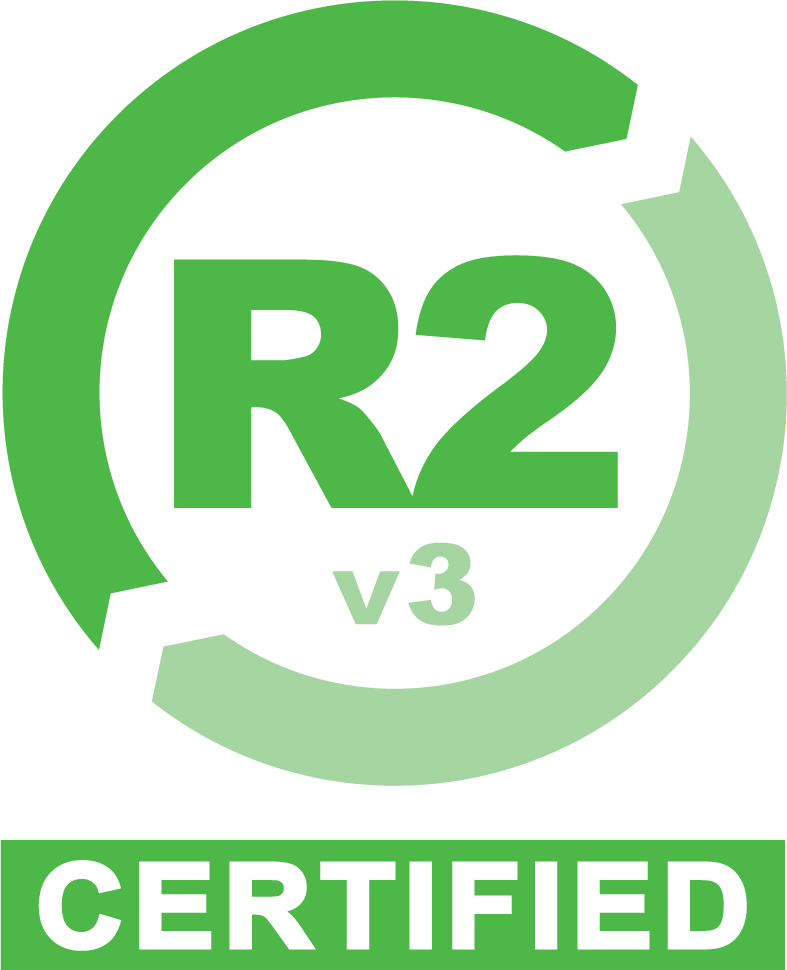
 Google map directions
Google map directions
 Google map directions
Google map directions
 Google map directions
Google map directions
 Google map directions
Google map directions
 Google map directions
Google map directions
 Google map directions
Google map directions
 Google map directions
Google map directions
